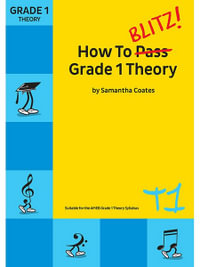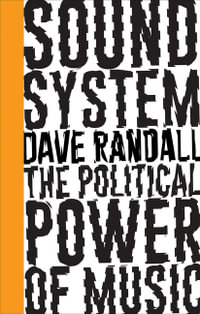Winner of the 2015 Robert M. Stevenson Award from the American Musicological Society
In Representing the Good Neighbor: Music, Difference, and the Pan American Dream, Carol A. Hess investigates the reception of Latin American art music in the US during the twentieth century. Hers is the first study to probe Latin American art music in relation to Pan Americanism, or the idea that the American nations are bound by common aspirations. Under the Good Neighbor policy, crafted by the administration of President Franklin D. Roosevelt to cement hemispheric solidarity amid fears of European fascism, Latin American art music flourished and US critics applauded it as "universal." During the Cold War, however, this repertory assumed a very different status. While the United States supported Latin American military dictators to assuage fears that communism would overwhelm the hemisphere, musical works were increasingly objectified through essentializing adjectives such as "exotic," distinctive," or "national"--through the filter of difference.
Hess explores this phenomenon by tracking the reception in the United States of the so-called Big Three: Carlos Chavez (Mexico), Heitor Villa-Lobos (Brazil), and Alberto Ginastera (Argentina). She also evaluates several important US composers and critics-Copland, Thomson, Rosenfeld, and others-in relation to Pan Americanism, and offers a new interpretation of a work about Latin America by US composer Fredric Rzewski, 36 Variations on "The People United Will Never Be Defeated!" Whether discussing works performed in modern music concerts of the 1920s, at the 1939 World's Fair, the inauguration of the New York State Theater in 1966, or for the US Bicentennial, Hess illuminates ways in which North-South relations continue to inform our understanding of Latin American art music today. As the first book to examine in detail the critical reception of Latin American music in the United States, Representing the Good Neighbor promises to be a landmark in the field of American music studies, and
will be essential reading for students and scholars of music in the US and Latin America during the twentieth-century. It will also appeal to historians studying US-Latin America relations, as well as general readers interested in the history of American music.
Industry Reviews
Winner of the 2015 Robert M. Stevenson Award from the American Musicological Society
"This brilliant book offers the first critical analysis of the reception of Latin American art music in the US during and after the Cold War... Highly recommended." --Choice
"[A] masterful reception history of works...[a] fascinating, valuable addition to the scholarship on 'American Music'."--Journal of the Society for American Music
"Hess's Representing the Good Neighbor, with its sophisticated prose and historical insight, constitutes an innovative and efficient model for transnational scholarship despite its focus on Pan-Americanism as conceived and experienced solely in the United States. Indeed, she rightly states that she does not intend to speak for Latin Americans. We are confident, however, that this book will prompt the telling of other stories, which will potentially
spark a broader dialogue with this masterful study including Latin American voices and perspectives. Ideally, such a dialogue would move beyond the canonical Big Three to include women composers like Jacqueline
Nova-Sondag or cultural agents like Guillermo Espinosa, who organized Pan-Americanist events all around the Americas. As Hess herself brilliantly articulates, 'there is simply no point in overlooking the presence of one continent in the history of the other' (193)." --Latin American Research Review
"The breadth of research presented in Representing the Good Neighbor expands its potential audience, and the presence today of Latinos as the largest minority in the United States gives the work added significance. Readers who are unaware of the intense collaboration that took place between US and Latin American artists and intellectuals during this era of pan-American accord will be surprised to discover a period in which our collective vision of
'American' music (and 'America' itself) extended far beyond US borders ... Representing the Good Neighbor is a compelling contribution to the deterritorialization of Americanist musicology, one whose model vantage
point is capable of discerning cultural sameness without expunging cultural difference." --Journal of the American Musicological Society
























